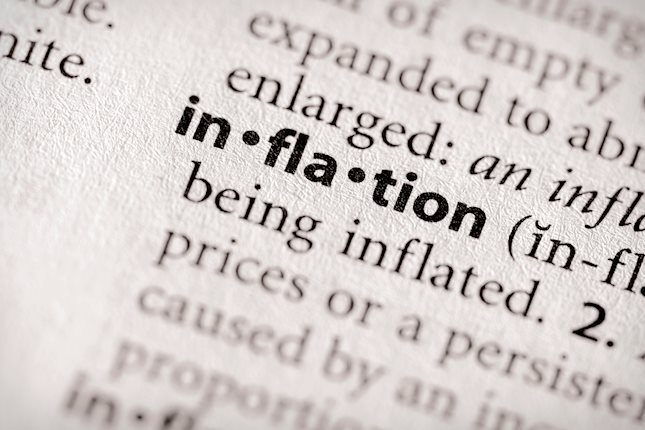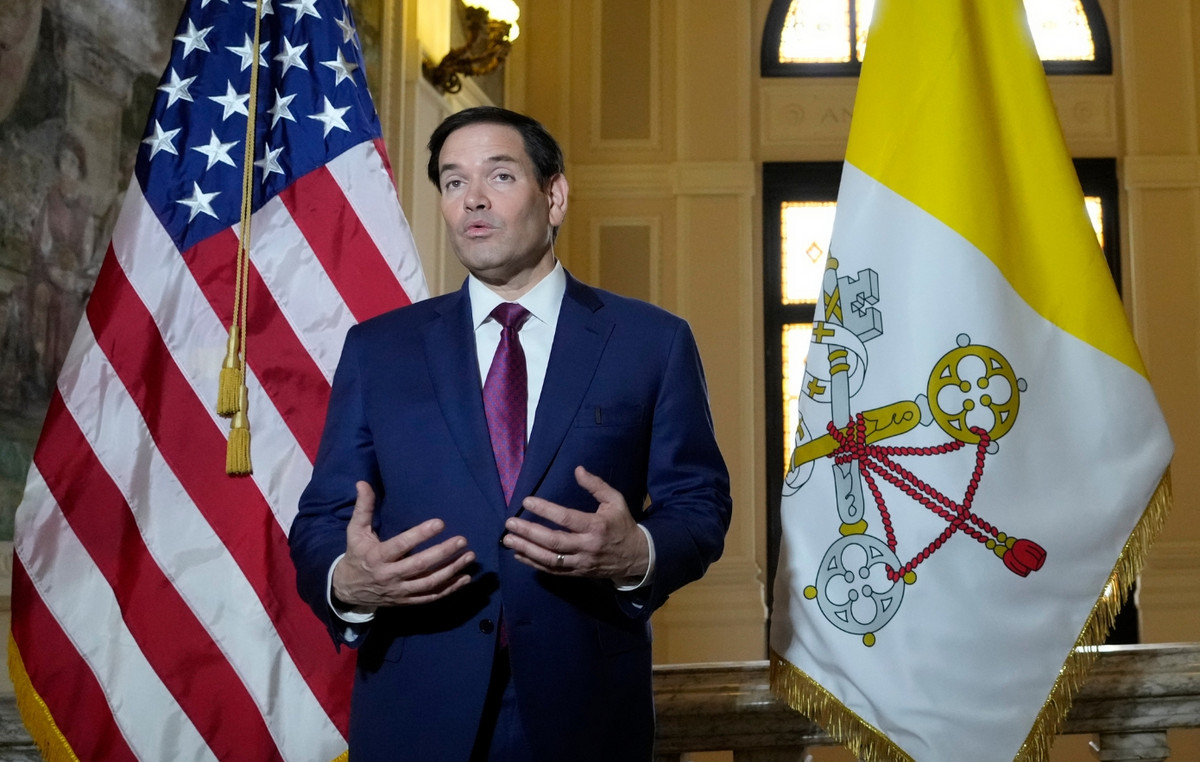- EUR/USD erased Wednesday’s losses, dipping below parity, hitting a daily low below 0.9960.
- The US PPI rose as did consumer inflation; will the Fed raise 100 basis points?
- Federal Reserve rate hike expectations are around 89%.
- Interest rate differentials between the Fed and the ECB drive EURUSD down.
The EUR/USD gave in to sellers and broke below parity for the first time since December 2002, ending a 20-year stint above the 1 euro for 1 dollar figure, hitting a new 20-year low around 0.9952, before regaining some ground and paring its earlier losses of 0.43% on Thursday. At the time of writing, the EUR/USD is hovering around 1.0004.
Global equities are falling, showing the bearish mood of investors. Meanwhile, the dollar index, which measures the value of the USD against a basket of six G8 currencies, hit a new 20-year high of around 109,294 before pulling back a bit but is still up 0.67% thanks on the rise in US Treasury yields, and stands at 108.720, which is a headwind for EUR/USD.
US inflation remains high as PPI beats estimates

Before the opening of Wall Street, the prices paid by producers, also known as IPP, were published in the US. The PPI continued its upward trajectory, topping the 11% level at 11.3%, beating expectations of 10.7%. Although this is a negative reading, showing cost pressures persisting, producers get some respite as commodity prices pull back on global demand concerns. This is added to Wednesday, the Consumer Price Index (CPI), which at 9.1% year-on-year, inflicts substantial pressure on the Federal Reserve to act quickly and aggressively if it does not want inflation expectations to be anchored at levels Taller. Consequently, this would be a headwind for the EURUSD, despite the ECB’s guidance to start raising rates for the first time in 11 years.
Fed spokesmen started talking about rate hikes and stressed that inflation is high
Meanwhile, EUR/USD traders should keep an eye out for new Fed speakers piling up ahead of entering the blackout period. On Wednesday, following the dismal US inflation report, Atlanta Fed President Raphael Bostic said everything is on the line when asked about the possibility of raising rates by 100 basis points at the meeting. of July. Later, Cleveland Fed President Loretta Mester said they don’t have to decide on rates today, but stressed that inflation is “too high,” and the CPI report was consistently negative. Backing 75 basis points, meanwhile, is San Francisco Fed Mary Daly, but she too said 100 basis points is within the range of possibilities.
US 2yr-10yr yield curve still inverted; the Fed may hike 100 basis points in July
The US 2yr-10yr yield curve remains inverted for the eighth day in a row, deepening into negative territory towards -0.243%, a level last seen in 2000. However, at the time of writing As of this report, the spread narrowed to -0.172% as traders’ recession fears eased somewhat. However, this would not deter the Fed from aggressive tightening, which is terrible news for EUR/USD longs. According to STIRs money market futures, the July Eurodollar futures contract, at 97,295, shows 270 basis points of tightening, implying that the Fed could raise rates close to 100 basis points at the July meeting.

EUR/USD prices in a 270 basis point tightening for July
ECB vs. Fed spreads a headwind for EURUSD
In July, both banks, the ECB and the Federal Reserve, will hold their monetary policy meetings. Currently, the ECB deposit rate stands at minus 0.50%, while the Federal Funds Rate (FFR) of the US Federal Reserve is at 1.75%, which reinforces the appetite for the USD. With the ECB expected to rise 25 basis points and the Fed moving at least 100 basis points, spreads would widen further, to -0.25% (ECB) vs. 2.75% (Fed), meaning the USD would maintain the advantage, opening the door to further selling pressure on EURUSD.
EURUSD Price Technical Outlook

Source: Fx Street
With 6 years of experience, I bring to the table captivating and informative writing in the world news category. My expertise covers a range of industries, including tourism, technology, forex and stocks. From brief social media posts to in-depth articles, I am dedicated to creating compelling content for various platforms.







